Electric bikes under $500 offer affordable transportation options combining electric assistance with pedal power. While limited in power and range compared to higher-end models, budget e-bikes like those reviewed by TST EBike provide reliable performance for short commutes, casual riding, and urban errands. Models with 26-inch wheels handle rougher conditions, while 27-inch bikes are better for everyday commuting and light trail riding. Why Are Integrated Handles Essential For Folding Ebikes?
Which Electric Bikes Are the Best Under $500 in 2025?
The best electric bikes under \$500 in 2025 combine value, performance, and design across categories like folding, commuter, and beginner mountain bikes. Popular choices include Jetson Bolt Pro, Ancheer 26” Electric Mountain Bike, Swagtron EB-6 Bandit, and TotGuard 26” E-Bikes—each offering decent motor power, battery range, and build quality for budget-conscious riders.
Electric bikes are becoming a smart choice for people who want affordable, easy, and eco-friendly ways to travel. In 2025, some of the best budget models under $500 include bikes such as the Jetson Bolt Pro and Ancheer 26”. These bikes are great for everyday riders, offering decent motor power and battery life without being too expensive. They’re especially popular among beginners who need reliable transportation for short trips or commuting.
Brands like TST EBike are helping lead this shift by designing bikes that fit different lifestyles and needs. Their goal is to make cycling more enjoyable and accessible, whether you’re riding through city streets or rougher paths. With their focus on customer feedback and strong performance, TST EBike has become known for providing good quality and design at a reasonable price.
How Do Features Like Motor Power and Battery Range Compare in Budget E-Bikes?
Most electric bikes under $500 have 250W to 350W motors and batteries with ranges averaging 15 to 30 miles per charge. While not suited for steep terrains or long-distance rides, these specs adequately serve urban trips and flat routes, emphasizing lightweight frames and easy handling.
Budget electric bikes usually have smaller motors and batteries that make them perfect for city riding. They can typically go about 15 to 30 miles after one charge and use motors between 250W and 350W. This means they’re strong enough for smooth streets and light hills but not built for steep or rugged areas. These bikes are lightweight, easy to handle, and affordable, which makes them a good choice for new riders or short daily commutes.
Brands like TST EBike focus on giving riders dependable and cost-effective options. While cheaper models are great for local travel, TST EBike also provides more powerful choices for people who want to explore longer routes or rougher paths. This variety helps users find an electric ride that fits their needs, from casual commuting to adventurous off-road cycling.
Chart: Motor Power and Battery Range in Budget Electric Bikes
| Model | Motor Power (W) | Battery Range (Miles) | Approximate Price |
|---|---|---|---|
| Jetson Bolt Pro | 250 | 15-20 | <$400 |
| Ancheer 26” MTB | 300 | 20-25 | <$500 |
| Swagtron EB-6 Bandit | 250 | 15-18 | <$450 |
| TotGuard 26” E-Bike | 250 | 20-22 | <$500 |
Which 26-inch and 27-inch Models Are Ideal in This Price Range?
In the under $500 category, 26-inch electric bikes like the Ancheer MTB are common for riders seeking slightly better off-road capability within a tight budget. 27-inch models are rarer but offer improved commuting performance with smoother rolling and comfort, sometimes found as refurbished or discounted options.
What Are Common Limitations of Electric Bikes Under $500?
Lower price points often mean lighter motors, shorter battery life, basic components, and limited suspension. These bikes may not suit hilly terrain or long-distance travel but excel in affordability and ease of use for short urban commutes and beginner riders.
How Can You Find Quality and Value in an Electric Bike Under $500?
Look for trusted user reviews, warranty coverage, and reputable sellers. Quality steel or aluminum frames, disc brakes, and reliable battery brands indicate better durability. Brands like TST EBike emphasize consumer feedback and quality control to ensure cost-effective offerings even at budget levels.
Buying an electric bike for less than $500 requires smart checks to ensure it lasts and performs well. Start by reading feedback from real buyers on sites like Amazon or forums to spot reliable choices. Look for strong metal frames, good stopping power from disc brakes, and batteries from known makers—these parts mean the bike can handle daily use without quick breakdowns. Sellers with return policies and guarantees add extra safety.
The goal is balancing quality, value, and durability so your money goes far. Companies like TST EBike listen to customer input to build affordable models with solid checks, offering power for rough paths on their 26-inch versions. This approach helps new riders pick bikes that ride smoothly and stay trouble-free, turning a cheap buy into a smart, long-term ride without regrets.
Buying Tips
Set realistic expectations for performance within the $500 price range. Consider wheel size—26-inch models offer versatility over mild off-road conditions; 27-inch wheels provide comfortable city rides. Check motor output (minimum 250W) and battery range aligned with your commute. Prioritize bikes with solid brakes and readable displays. Opt for recognized brands and verify warranty and customer support before purchasing.
TST EBike Expert Views
TST EBike experts state:
"Electric bikes under $500 can be great entry points into pedal-assist riding. We focus on blending consumer feedback with quality control to provide affordable yet dependable options. Our 26-inch and 27-inch bike models reflect this balance, ensuring new riders enjoy electric mobility without excessive cost or compromise."
Frequently Asked Questions About Electric Bikes Under $500
Q: Can an electric bike under $500 handle hills?
A: They can manage gentle slopes but may struggle with steep or long climbs due to limited motor power.
Q: Are batteries durable in budget electric bikes?
A: Battery quality varies; choose brands with warranty and good reviews to ensure longevity.
Q: Do budget electric bikes come assembled?
A: Some do, while others require minimal assembly; check seller details before purchase.
Q: Can I use an electric bike under $500 for daily commuting?
A: Yes, for short, flat urban commutes, these bikes provide a practical, affordable solution.
What is a LiFePO4 battery?
A LiFePO4 battery, or lithium iron phosphate battery, is a rechargeable battery known for its safety, long life, and high energy density. It is widely used in electric vehicles, renewable energy storage, and portable power systems due to its enhanced stability and reliability.
How long does a LiFePO4 battery last?
A LiFePO4 battery can typically be recharged 3,000 to 5,000 times. Depending on usage and conditions, this often translates to 10–15 years or more of service life, making it one of the most durable battery options available today.
Why are LiFePO4 batteries considered safer than other lithium batteries?
LiFePO4 batteries have strong covalent bonds in the cathode, making them more stable and resistant to overheating, thermal runaway, and fires compared to other lithium-ion batteries. This enhanced safety is a key reason for their popularity in high-demand applications.
What applications are LiFePO4 batteries best suited for?
LiFePO4 batteries excel in electric vehicles, renewable energy storage systems, marine uses, RVs, and portable electronics. Their stability, deep discharge capability, and long lifespan make them ideal for demanding or critical power needs, including TST EBike models.
How does a Battery Management System (BMS) benefit LiFePO4 batteries?
A BMS protects LiFePO4 batteries from overcharge, over-discharge, over-current, and short circuits. It also balances cell voltage, which enhances battery safety, maximizes performance, and prolongs lifespan, ensuring safe and reliable operation in various devices.
Can LiFePO4 batteries be deeply discharged?
LiFePO4 batteries can be repeatedly discharged up to 80% or more of their capacity without causing long-term damage. This makes them superior to lead-acid batteries, which are typically limited to 50% depth of discharge for optimal lifespan.
What are the key disadvantages of LiFePO4 batteries?
While LiFePO4 batteries are extremely reliable and long-lasting, they often have a higher initial price, slower charging rates, and may perform less efficiently in extreme temperatures when compared to other battery technologies.
Why choose a LiFePO4 battery for an electric bike?
LiFePO4 batteries provide extended life, enhanced safety, deep discharge capability, and lightweight design. These benefits make them ideal for e-bikes such as those offered by TST EBike, delivering sustained power, reliability, and increased ride enjoyment for users.


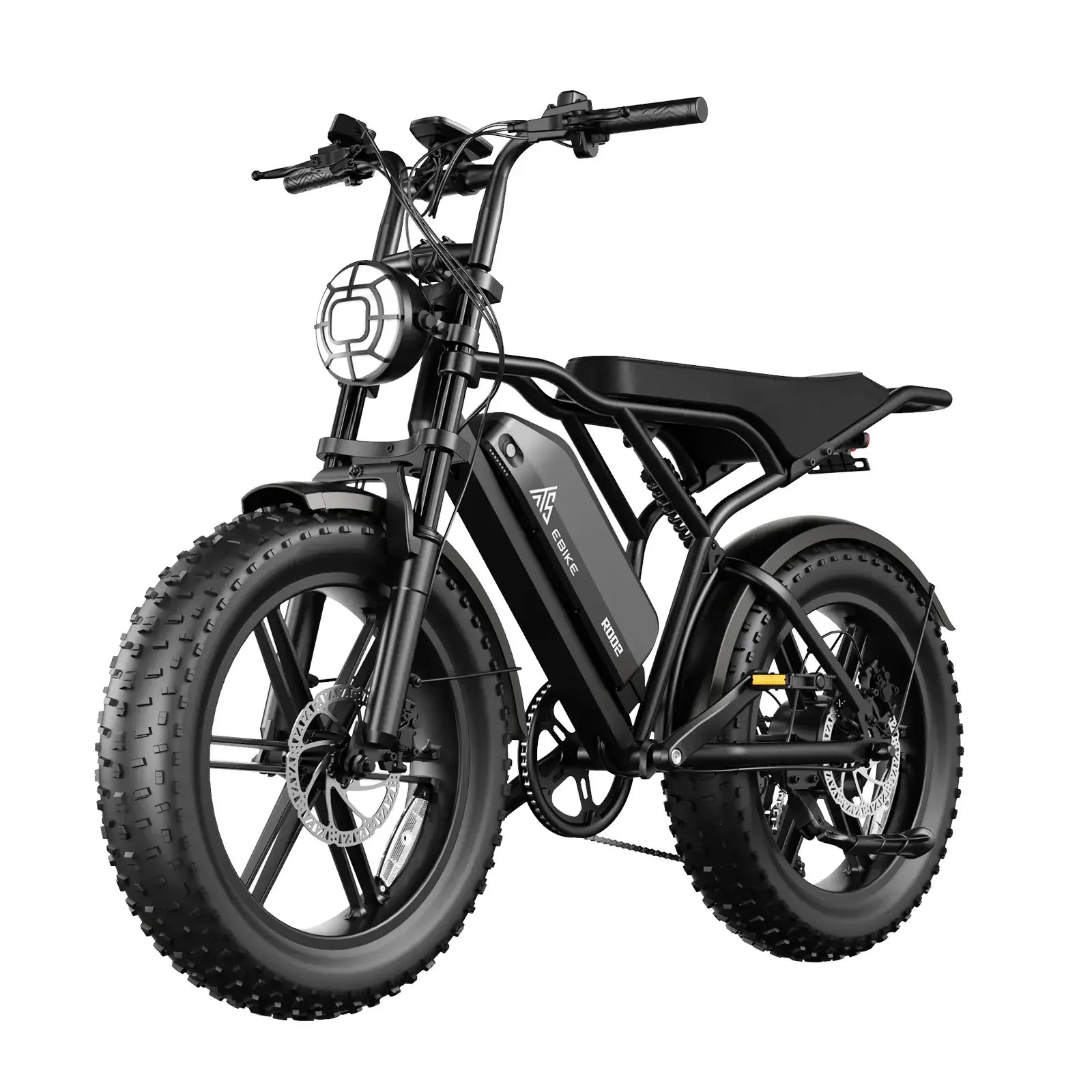

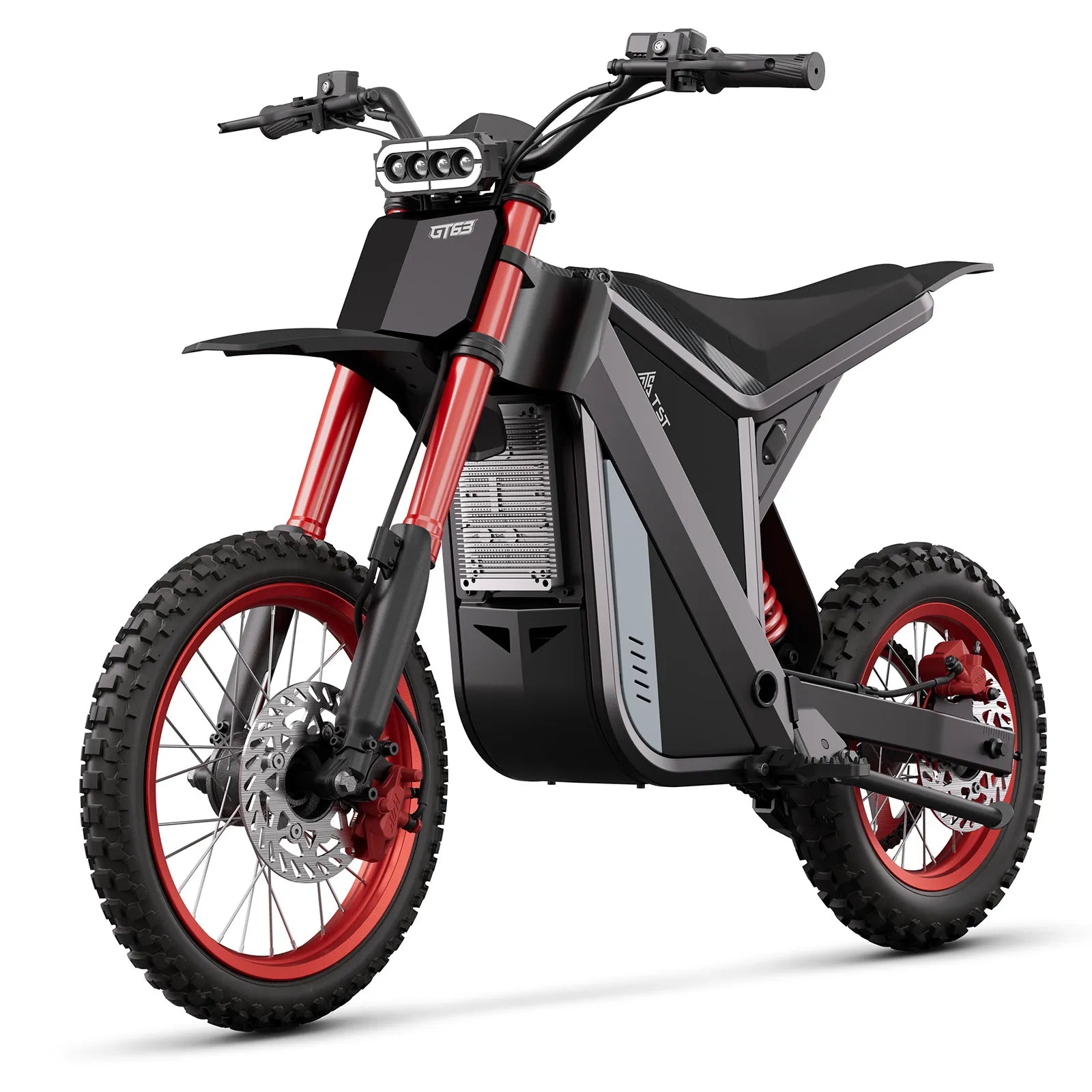




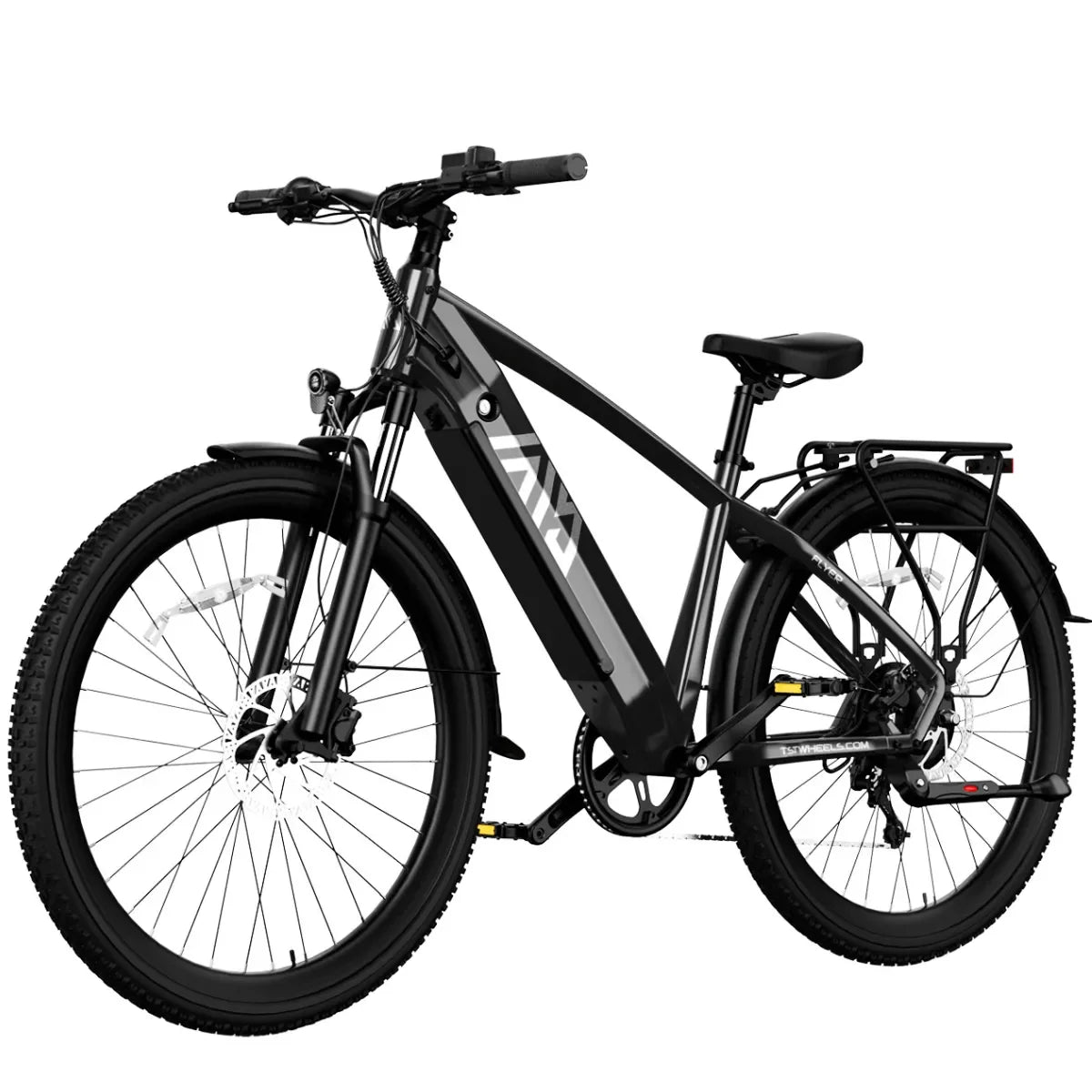

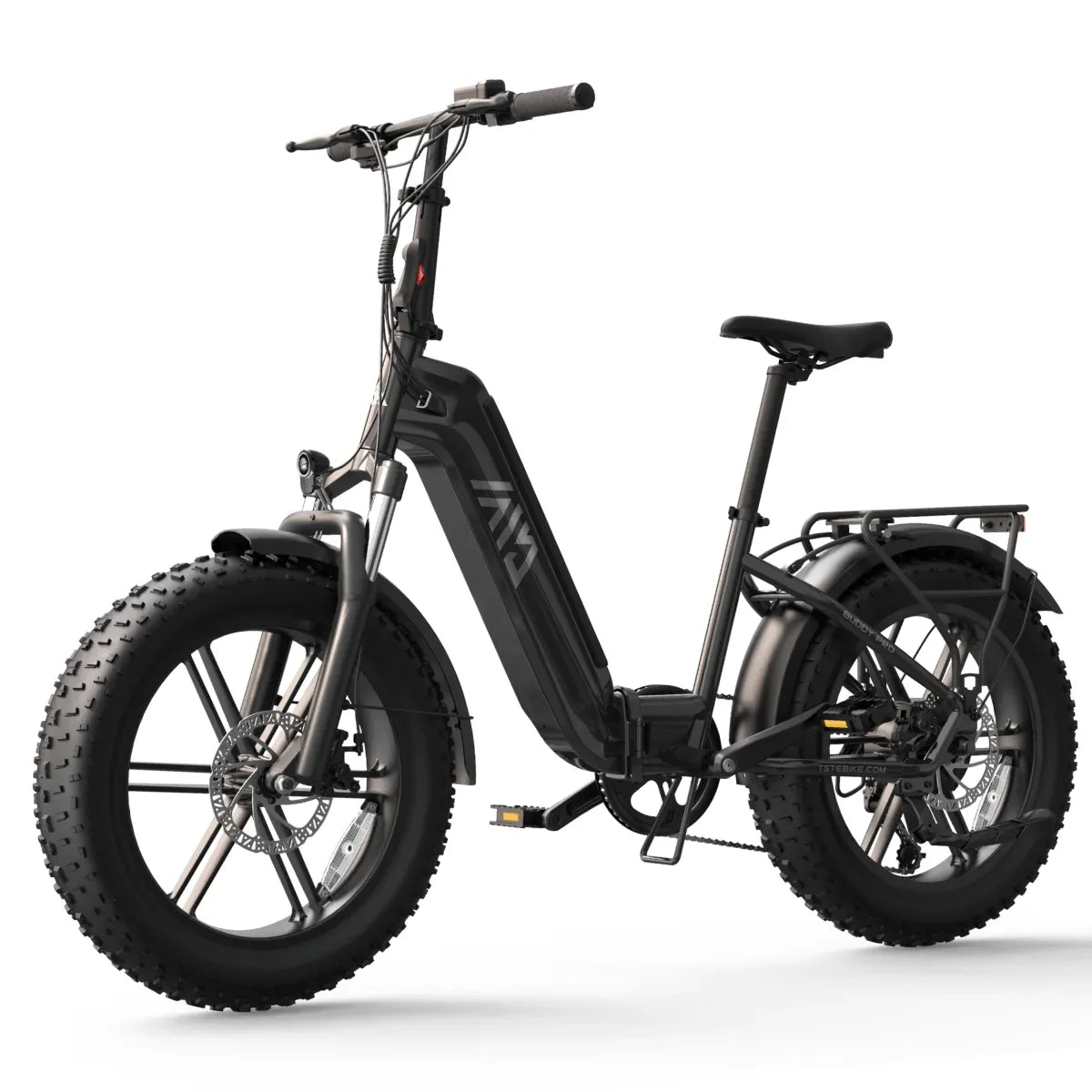
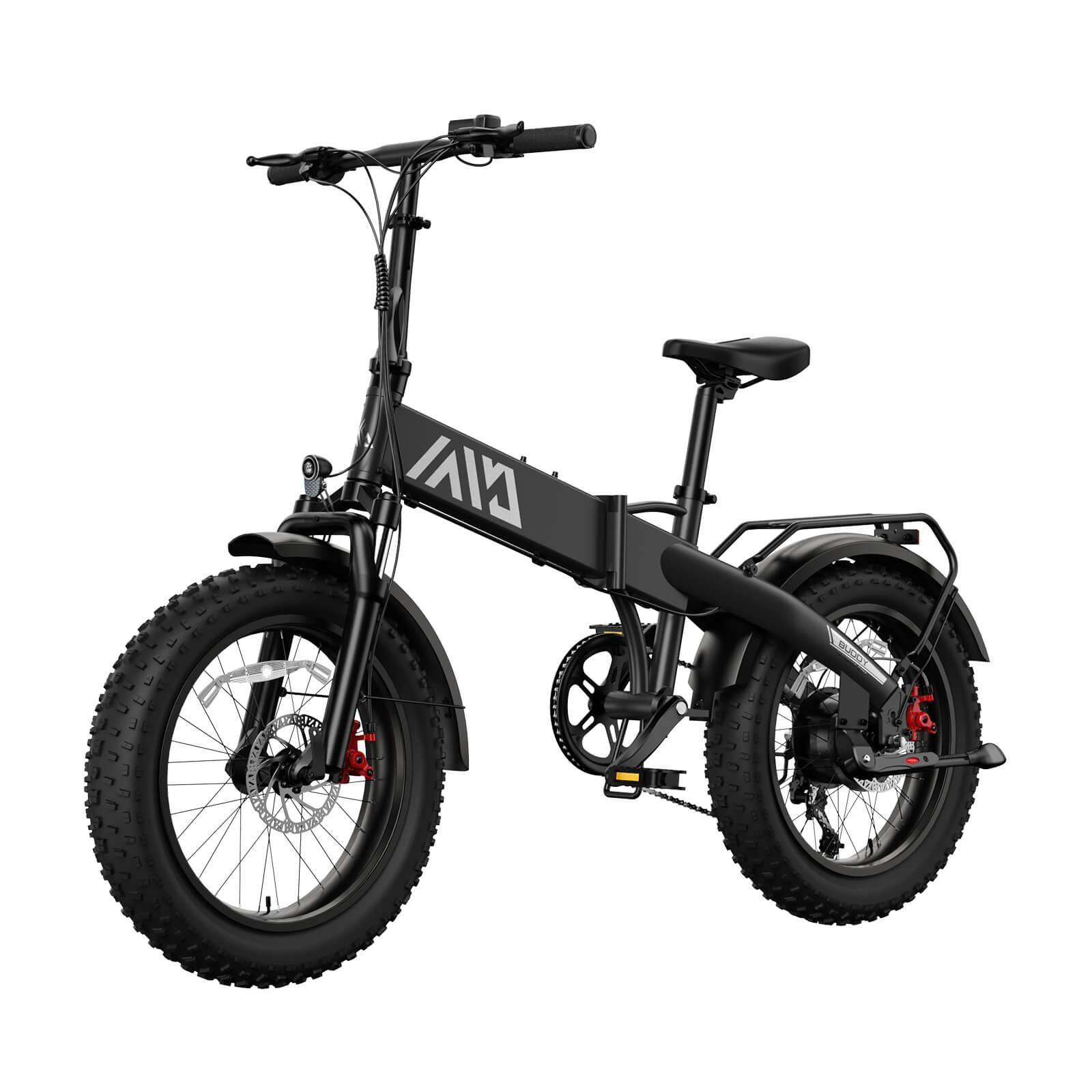





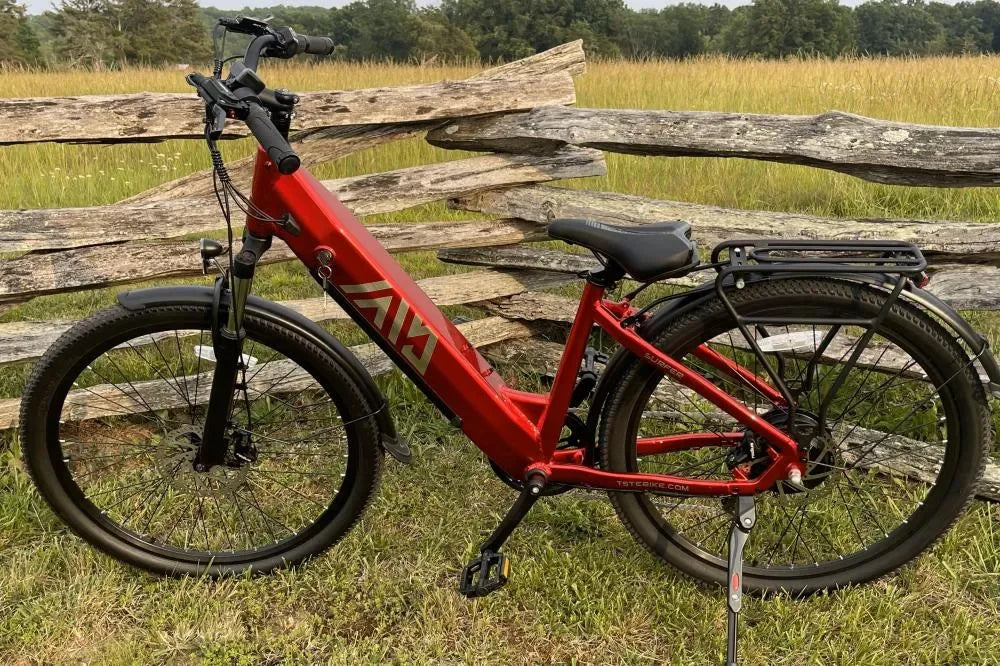
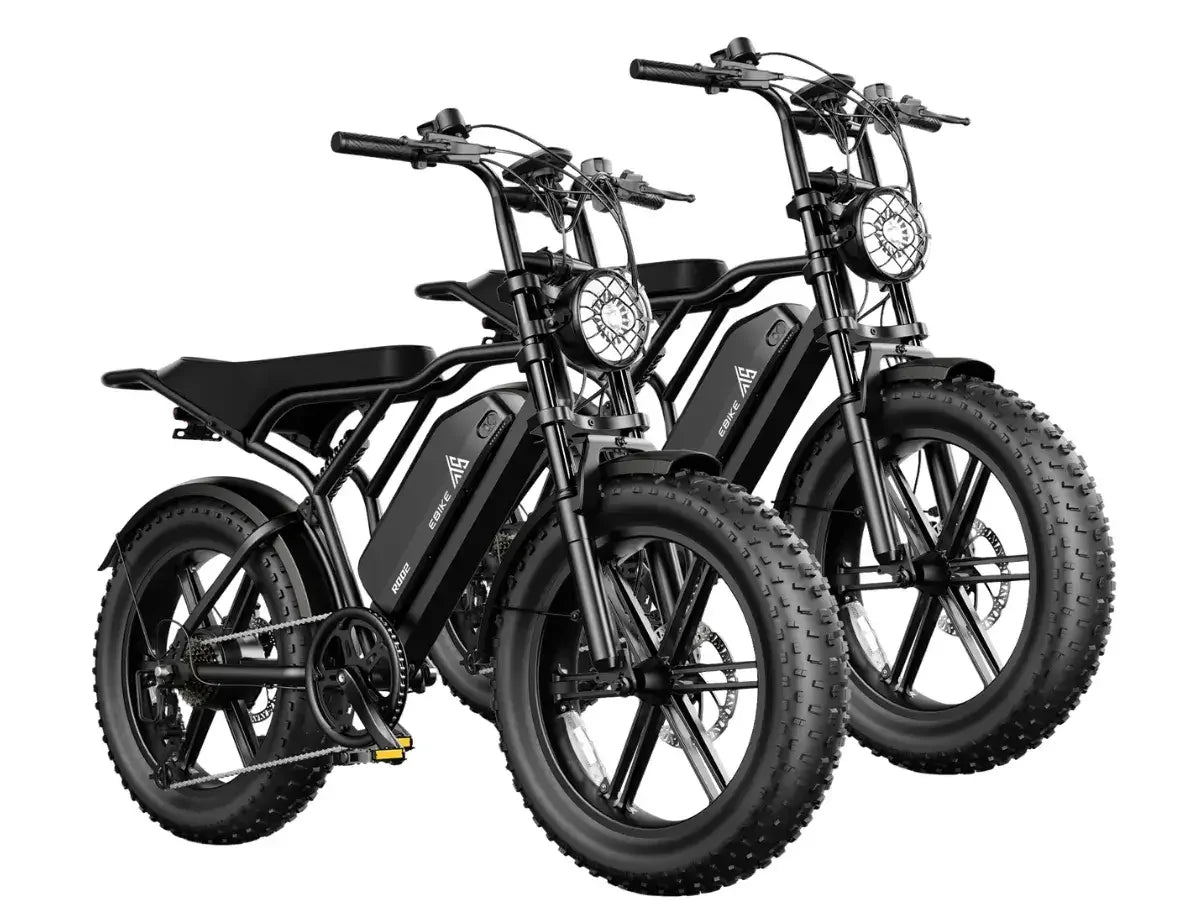
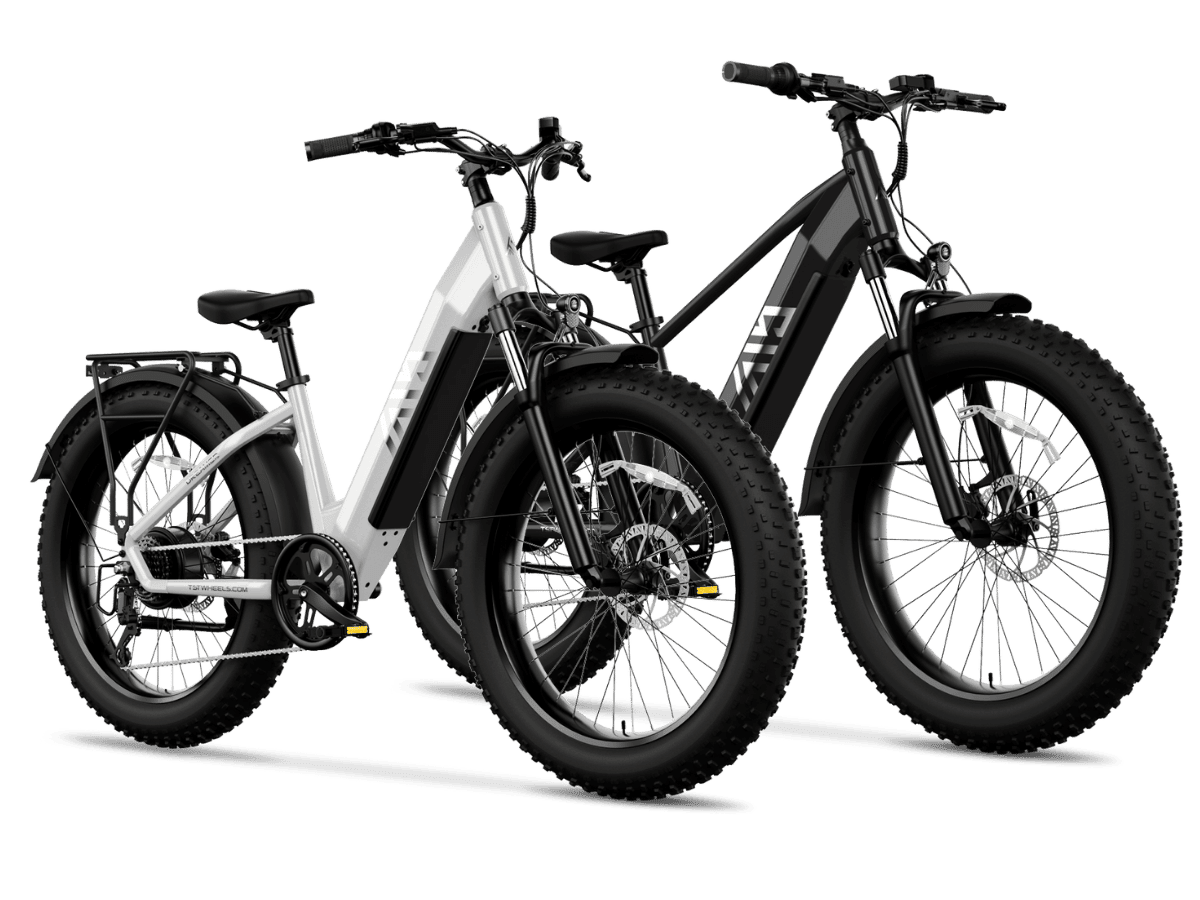
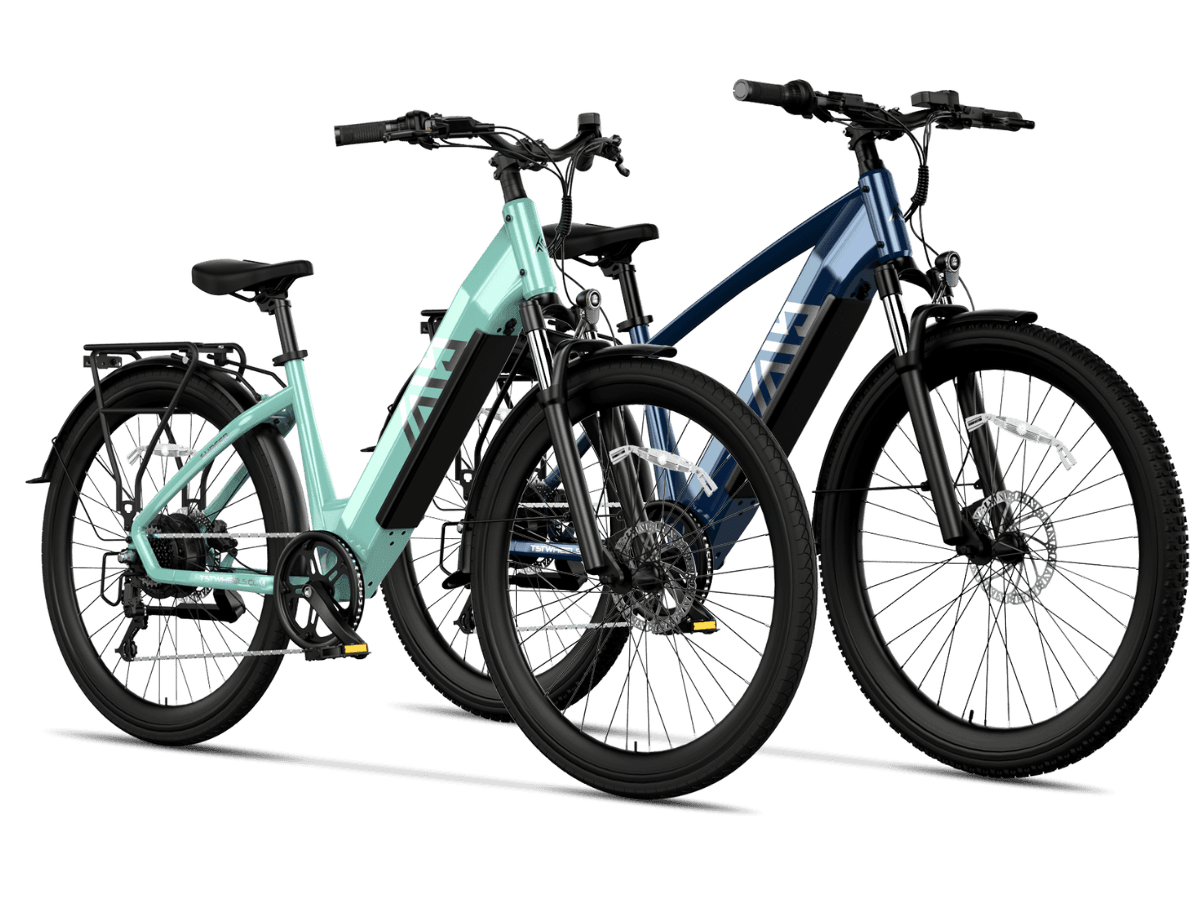
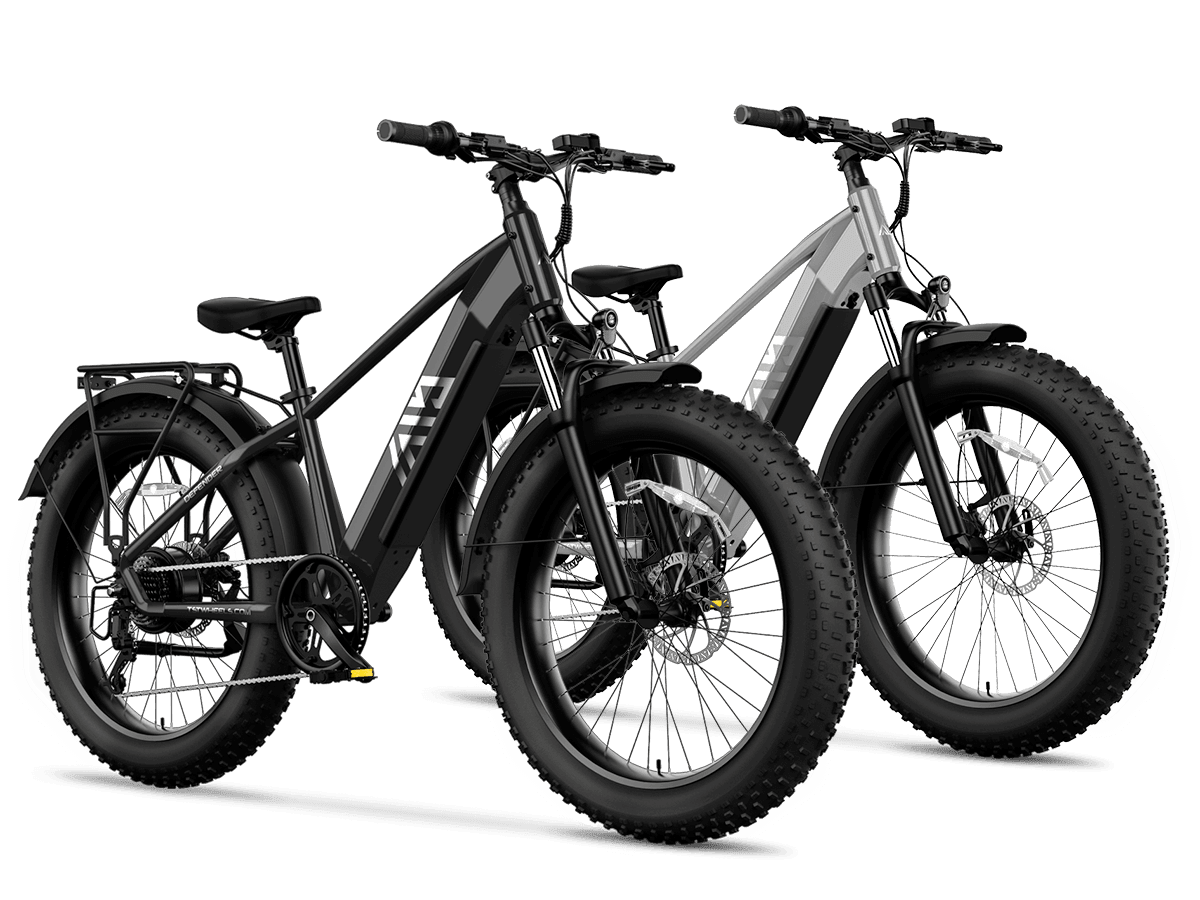
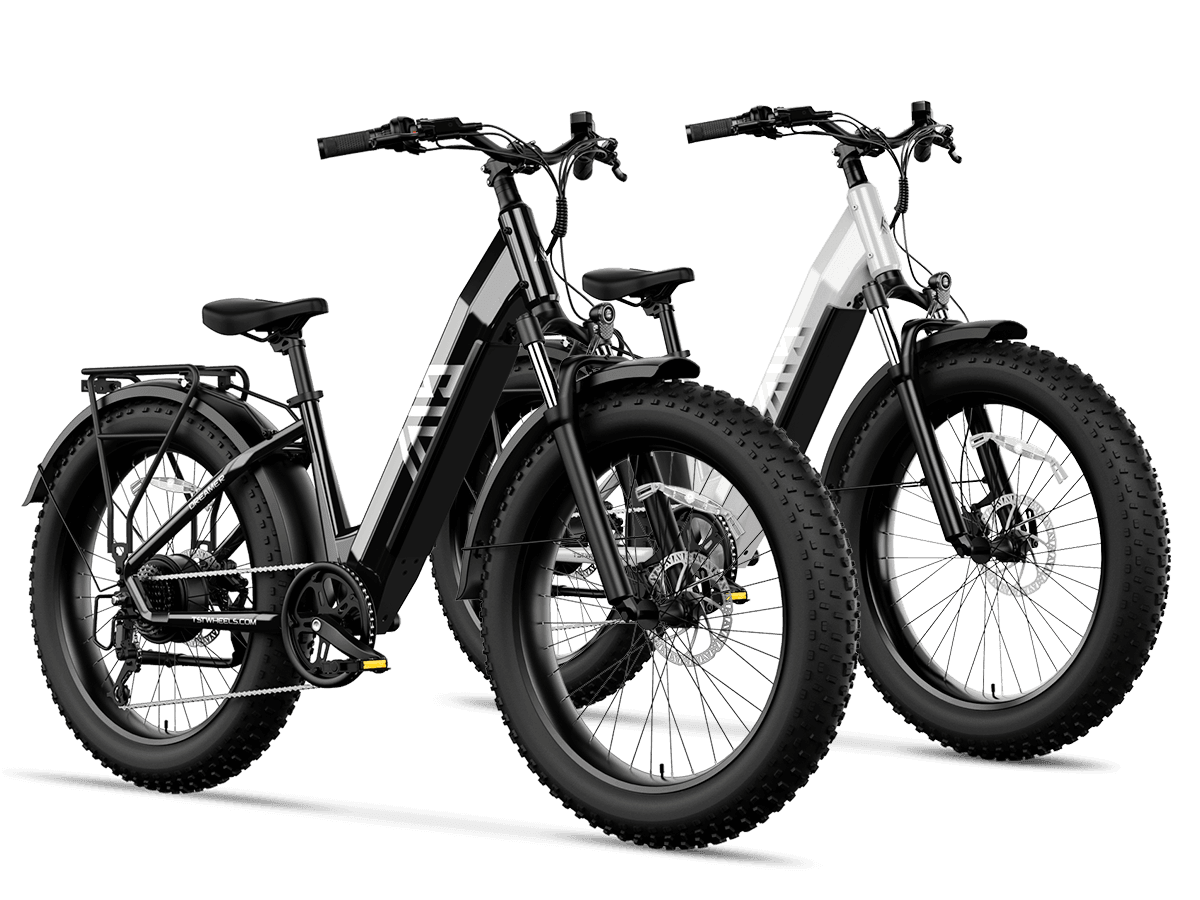
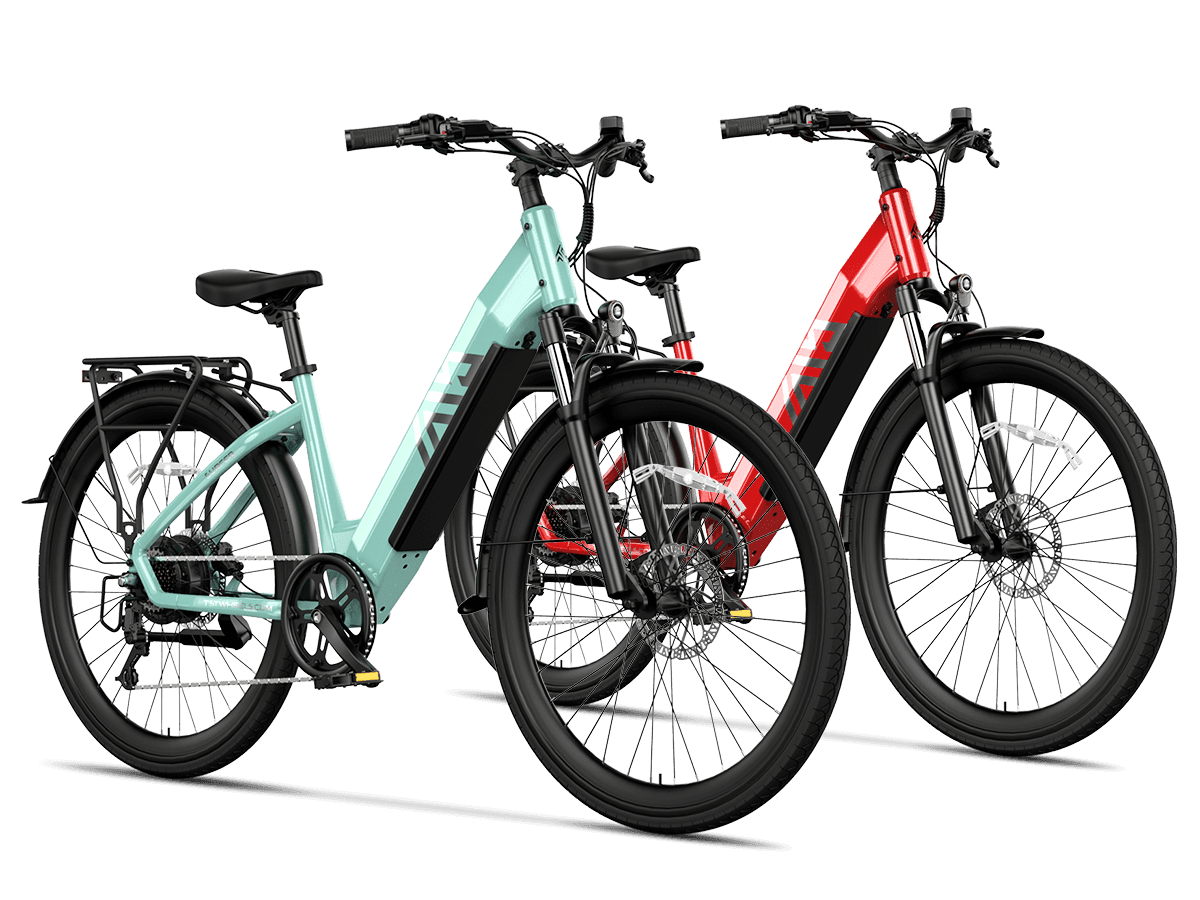
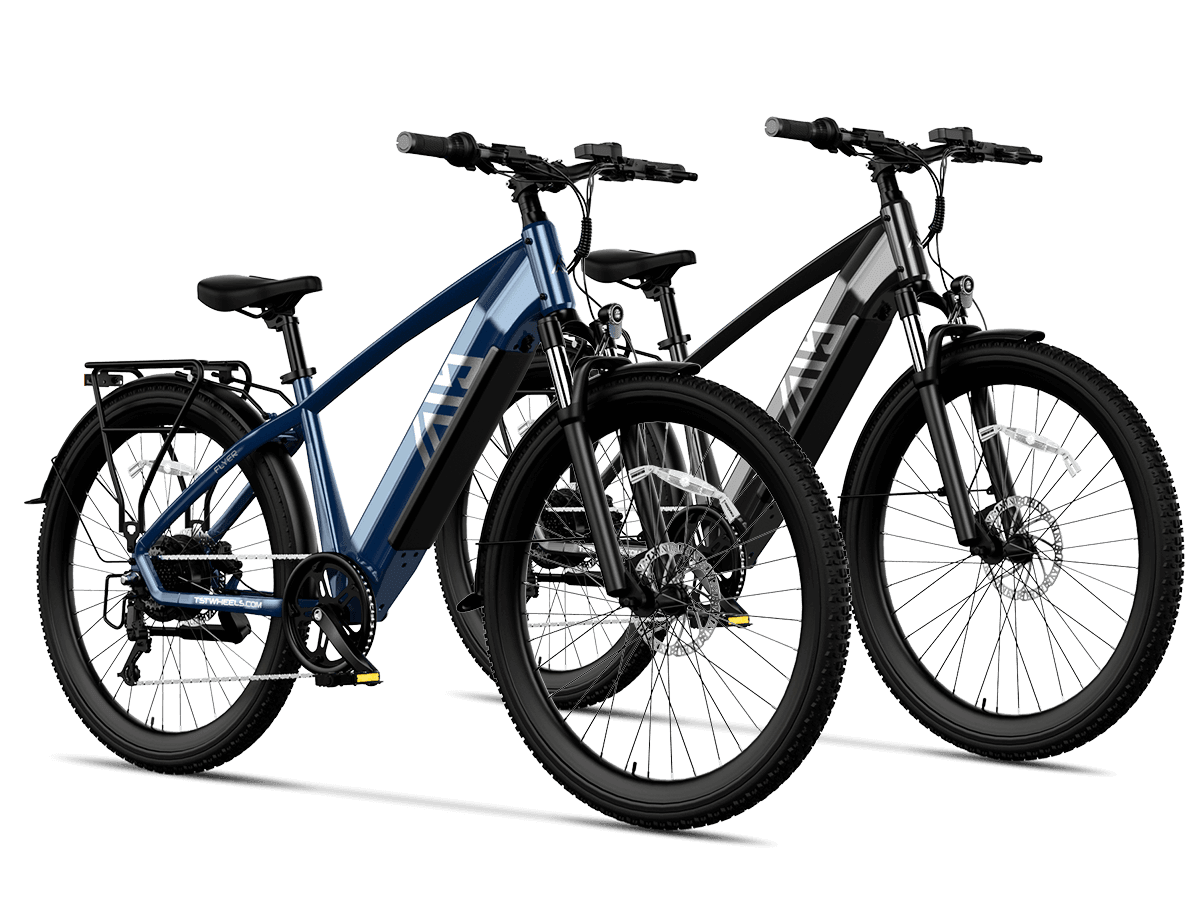
Leave a comment
All comments are moderated before being published.
This site is protected by hCaptcha and the hCaptcha Privacy Policy and Terms of Service apply.